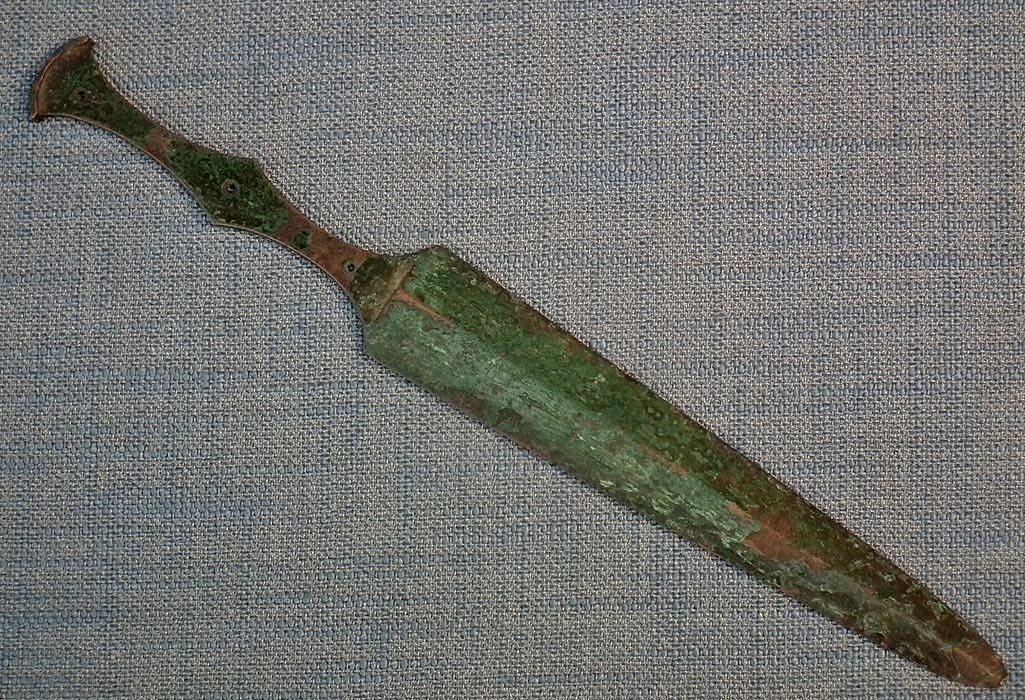What I would look for in a metals analysis regard IF tested, is the presence or absence of Aresnic. The next step in that regard is the analysis of the percentage of arsenic, this will Identify the source of the copper and possibly the Tin in the alloy, where it was mined.
Presence of Nickel is not necessarily a disqualifier as many objects of known provenance have small nickel and even Cobalt content in the bronze.
Silver content would, if it had any, would suggest an African source as would cobalt content and the absence of Nickel. Some ancient bronzes used for statues actually contained Gold in trace amounts and silver content significantly higher (particularly with Spanish sourced copper, because of how the Spanish refined silver).
While Greek-era copper (typically mined in Cyprus) is would not contain Manganese, the same cannot be said of Persian or Indian sourced copper.
An EXACT analysis can sometimes pinpoint the original mine source to a matter of Feet or Yards!
Not too many years ago a Wrecked Pheonecian trading vessel was found in the Agean Sea, and onboard were a cargo of copper ingots and It caused some consternation in the scientific community when a careful analysis was done, the copper could be precisely located to a specific part of one Ancient pit mine on Mackinac Island in Michigan! This was done by not only the specific percentage of Arsenic in the Copper but by the exact percentages of different Isotopes of Copper, which varies by the mine source This shipwreck solved a longstanding archeological mystery, as known copper mine sites did not Explain all the known Bronze artifacts in the world and known sources fell short by more than an order of magnitude (factor of 10) Archeology could not explain ~90% of the known artifacts and careful analysis did not match most of the copper to known European, Asian or African mines, But many of those artifacts can be PROVEN to have come from a group of mine sites along a swathe across eastern North America From Northern NJ, North Eastern PA and New York and on across Southern Ontario.
The point being that metals can be identified as to source. and alloys just give more data Identifying Tin Sources, Zinc sources, etc
Differentiating between Bronze (an alloy of Copper and Tin) and Brass (an alloy of Copper and Zinc) is relatively modern as such things go.
Especially as differentiating Zinc and Tin, or the known Ores of each were not always separated, was not always done or even clearly understood in antiquity.
Arsenic Impurities were not known/understood or dealt with in either copper or tin smelting as Arsenic could also often be found in Tin ores known by Europeans, West Asians and Africans
This metal "fingerprinting" can reveal some unpleasant facts, like some Swiss
GOLD coins were revealed to have a Mercury content, that suggested that the coins had been made from poorly refined Gold sourced from Nazi Gold, as much of that contained both Silver and Mercury as part of "DENTAL Gold"!


